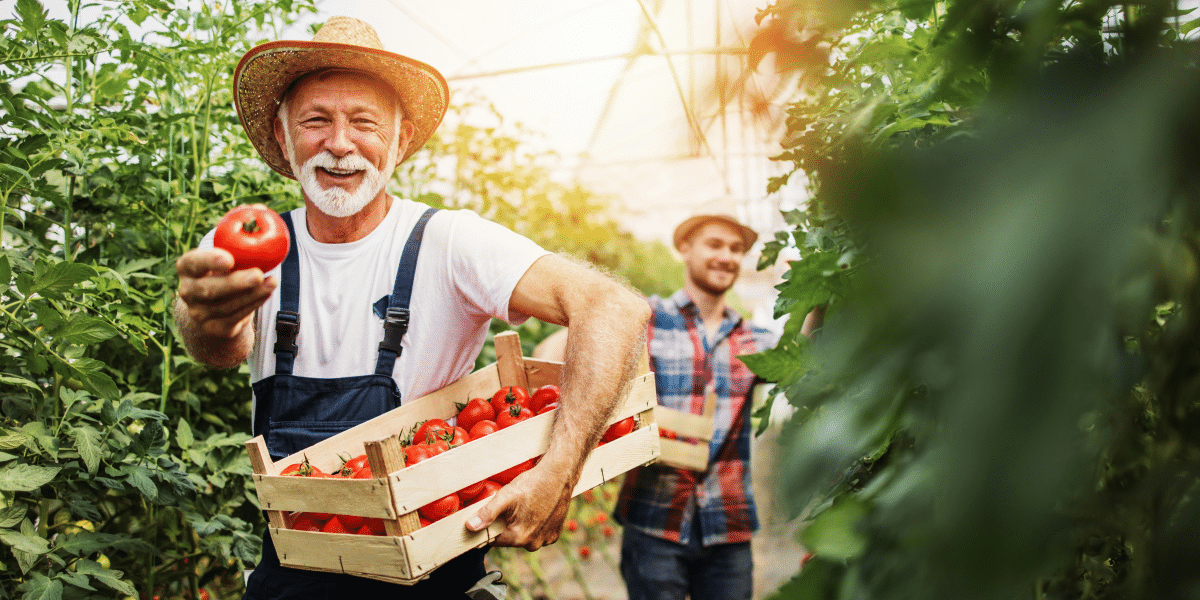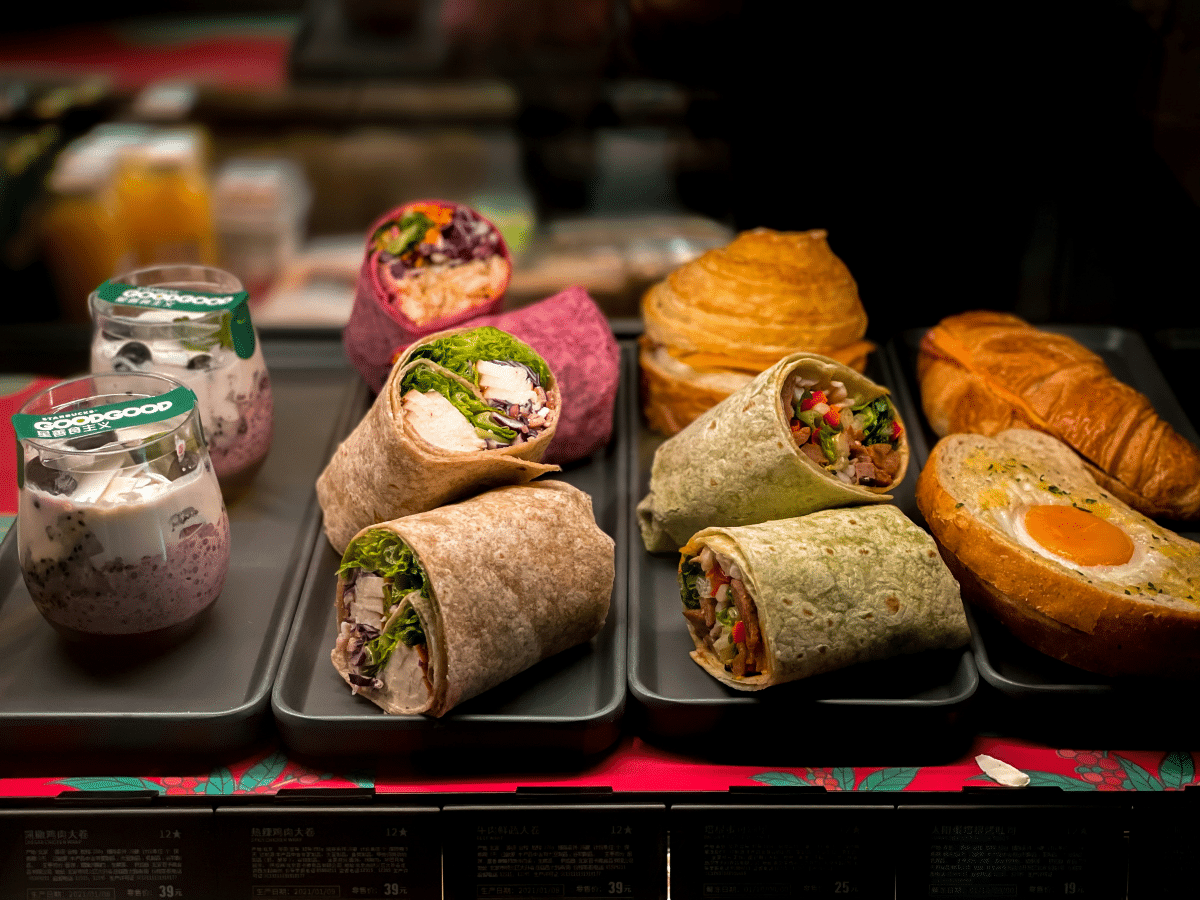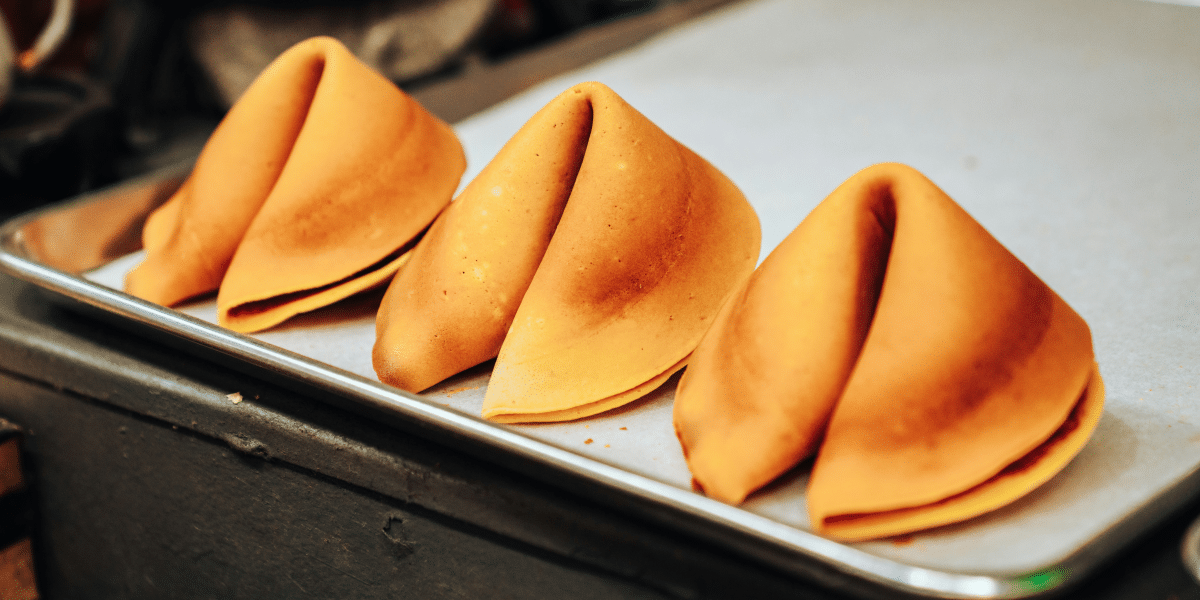How Silicon Valley Shaped San Francisco’s Fashion and Design Scene
Tech-Inspired Fashion Trends
Hey there, trendsetters and style aficionados! Let’s dive into the fascinating world where tech meets fashion in the bustling streets of San Francisco. From sleek Silicon Valley startups to edgy design studios, the tech industry has left an indelible mark on the city’s fashion and design scene. So buckle up and get ready to explore the impact of tech on San Francisco’s sartorial landscape.
When you think of Silicon Valley, fashion might not be the first thing that comes to mind – but that’s starting to change. As tech companies like Apple, Google, and Facebook become synonymous with innovation and creativity, their influence is spilling over into the world of fashion. From futuristic fabrics and wearable tech gadgets to minimalist aesthetics and sleek silhouettes, Silicon Valley style is all about blending form and function in unexpected ways.
The Rise of Casual Tech Wear
In Silicon Valley, the dress code is anything but traditional. Forget power suits and pencil skirts – techies prefer a more laid-back approach to dressing, favoring comfortable basics like jeans, t-shirts, and hoodies. This “startup chic” aesthetic has become increasingly popular in San Francisco, where casual attire is the norm and individuality reigns supreme. It’s all about expressing yourself and feeling comfortable in your own skin, whether you’re coding at a coffee shop or brainstorming ideas in a coworking space.
Tech’s Influence on Fashion and Apparel
But the tech industry’s impact on San Francisco’s fashion scene goes beyond just clothing – it’s also changing the way we think about design and innovation. Tech companies are embracing the principles of design thinking and user-centered design to create products that are not only functional but also beautiful and intuitive. From smartphone apps and websites to packaging and branding, tech-inspired design is everywhere you look in San Francisco, infusing the city with a sense of creativity and innovation.
In San Francisco, collaboration is key – and nowhere is that more evident than in the intersection of tech and fashion. Designers, engineers, and entrepreneurs are coming together to create groundbreaking products and experiences that blur the lines between fashion and technology. Whether it’s a high-tech fashion show featuring interactive displays and digital projections or a collaborative pop-up shop showcasing the latest in wearable tech, these partnerships are driving innovation and pushing the boundaries of what’s possible in both industries.
Tech’s Role in Eco-Friendly Fashion
As concerns about sustainability and environmental impact continue to grow, the tech industry is stepping up to the plate with innovative solutions for eco-friendly fashion. From fabric made from recycled materials to 3D printing techniques that minimize waste, tech companies are leading the charge towards a more sustainable future for the fashion industry. In San Francisco, eco-conscious consumers can find a wide range of options for ethically sourced and environmentally friendly clothing, thanks to the tech industry’s commitment to sustainability.
In the age of e-commerce and digital retail, the tech industry is transforming the way we shop for fashion in San Francisco and beyond. Online marketplaces, social media platforms, and virtual fitting rooms are changing the way consumers discover, purchase, and interact with clothing and accessories. From personalized recommendations based on your browsing history to virtual try-on experiences that let you see how clothes look before you buy, technology is making fashion more accessible and convenient than ever before.
Where Tech Meets Fashion in San Francisco
In conclusion, the tech industry has had a profound impact on San Francisco’s fashion and design scene, shaping everything from clothing trends and design aesthetics to retail experiences and sustainability practices. As the city continues to evolve as a hub for innovation and creativity, the intersection of tech and fashion will only become more pronounced, driving new opportunities for collaboration, creativity, and growth. So whether you’re a techie, a fashionista, or just someone who appreciates good design, there’s something for everyone to love in San Francisco’s tech-inspired fashion scene.













